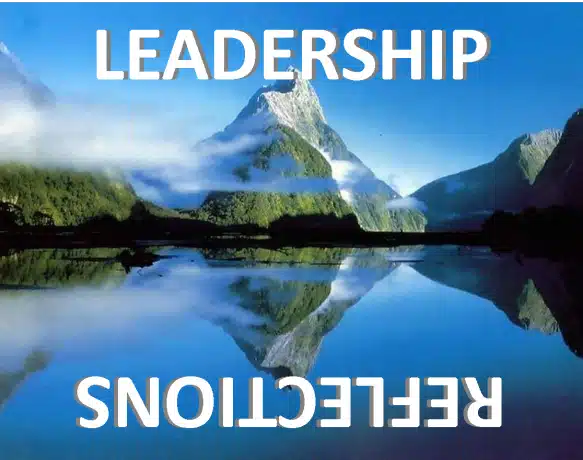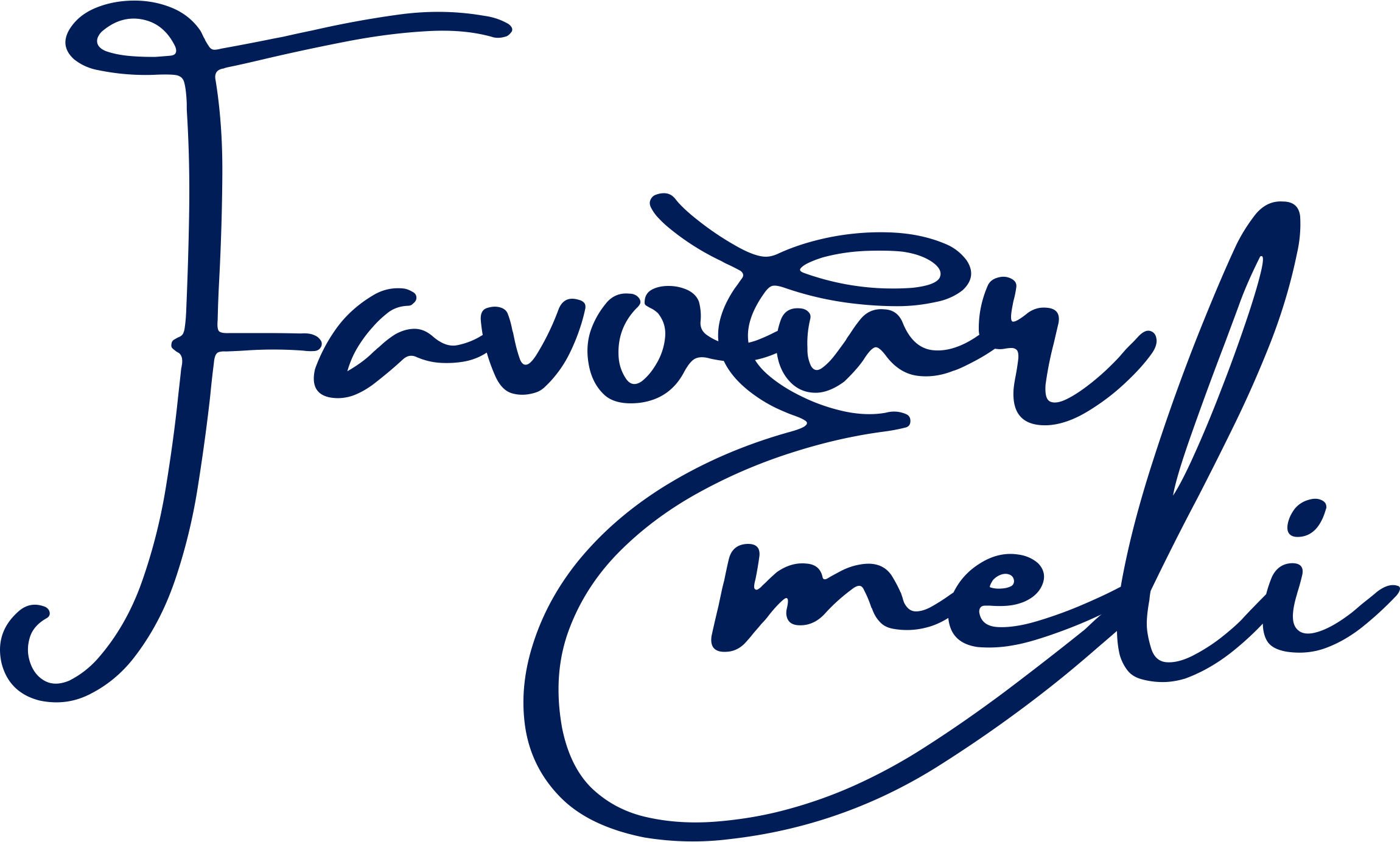Leadership is a journey of continuous growth and self-improvement. Great leaders are measured by their achievements and how well they reflect, learn, and adapt. Reflection in leadership isn’t simply taking a break—it’s a powerful tool that helps leaders grow and reach their full potential.
In this article, we’ll see reflection’s vital role in leadership. We’ll explore practical ways you can reflect as a leader, share relatable examples of self-reflection in action, and offer easy-to-follow tips for writing your leadership reflections. By the end, you’ll see how reflection is more than just a helpful habit—it’s a key part of becoming a stronger, more effective leader.
What is an example of self-reflection in leadership?
Self-reflection in leadership means taking a step back to think about your actions, decisions, and how they affect others. It’s a way to grow and get better at leading. For example, after finishing a project, a leader might ask: What went well? What didn’t? How did my choices shape the outcome? This type of reflection can reveal areas to improve, like communicating more clearly or making decisions that include everyone’s input.
Another example is thinking about how you handle team conflicts. A leader might ask themselves if they handled a situation calmly and fairly or if their actions made things worse. For instance, a manager noticing ongoing arguments in their team could reflect on how they mediate disagreements and explore ways to listen more openly and remain neutral during discussions.
In the end, reflecting on your leadership helps you take ownership of your actions and learn from both your wins and mistakes. This habit builds self-awareness, which is key to earning trust, encouraging teamwork, and reaching long-term goals.
Read this: Why Adopting a 1 Better Every Day Mindset Can Transform Your Leadership
How do you reflect yourself as a leader?
Reflecting as a leader takes effort and consistency, but it’s a process that can transform how you lead. A great way to start is by setting aside time at the end of your day or week to think about what you did and the choices you made. Ask yourself simple but important questions like: What problems did I encounter? How did I handle them? Did my actions match my values and leadership goals?
Another helpful strategy is getting feedback from your team or colleagues. While it’s useful to assess yourself, hearing from others can show you things you might have missed. For example, you could ask your team how clear your communication was or how well you supported them during a project. This outside input can guide your reflection and help you see where you might need to improve.
Keeping a journal is also a powerful way to reflect. Writing down what happened, the challenges you faced, and the lessons you learned lets you track your growth over time. Looking back at old entries can help you spot patterns in your actions and see if the changes you’ve made are working. This regular practice of reflecting helps you grow as a leader and stay on track to becoming the best version of yourself.
See this: Examples of Integrity in Leadership: Lessons from Successful Leaders
How to write a reflection on leadership?

Writing a reflection on leadership is a chance to think deeply about your experiences and what they’ve taught you. Start by choosing a specific moment or challenge in your leadership journey to focus on. It could be managing a big project under pressure or resolving a conflict within your team. Begin by setting the scene: explain what happened, who was involved, and the role you played.
Then, explore your thoughts and feelings during that experience. What were you hoping to achieve? How did your actions shape the results? Reflect on any difficulties or achievements and consider what you learned from them. For instance, if a team member struggled, think about whether you gave them the guidance or support they needed. Be honest about both your strengths and the areas where you could improve.
Finally, think about how these reflections can shape your growth as a leader. Describe what you’ll do differently next time. For example, you might decide to schedule regular check-ins with your team to address challenges early and ensure everyone stays on track. Writing a reflection isn’t just about looking back; it’s a way to grow by turning your experiences into lessons and your lessons into better leadership practices.
Scorecard Questions on Reflection in Leadership (Pdf.)
The following questions will help you assess your leadership reflection practices while inspiring actionable insights for continuous growth and excellence.
Also, read: 10 Coaching Skills Every Leader Needs
Frequently Asked Questions
What is the importance of reflection in leadership?
Reflection is essential for leadership growth as it helps leaders evaluate their actions, decisions, and impact on others. By reflecting, leaders gain self-awareness, which is critical for understanding their strengths, weaknesses, and areas for improvement.
How does reflection enhance decision-making for leaders?
Reflection allows leaders to analyze past decisions, understand their outcomes, and refine their approach. By examining what worked and what didn’t, leaders can make more thoughtful and strategic choices in the future.
What are the challenges of incorporating reflection into leadership?
Leaders often face time constraints, making it challenging to prioritize reflection amidst their busy schedules. Additionally, self-reflection requires vulnerability and honesty, which can be uncomfortable for some leaders.
Is reflection a one-time activity or an ongoing process?
Reflection is an ongoing process rather than a one-time activity. Leadership involves constant growth, and regular reflection ensures leaders stay aligned with their values and objectives while adapting to new challenges.
Conclusion
Taking time to reflect as a leader is key to growing both personally and professionally. It helps you look back on your actions, spot areas where you can do better, and make thoughtful changes to improve how you lead. Whether it’s reviewing the results of a project, asking for feedback, or jotting down your thoughts, self-reflection builds self-awareness and gives you the tools to face challenges with confidence and focus.
When you make reflection a regular part of your leadership journey, you open the door to becoming not just a better leader but a better person. True leadership isn’t about being perfect—it’s about having the humility to learn and the courage to keep improving.

